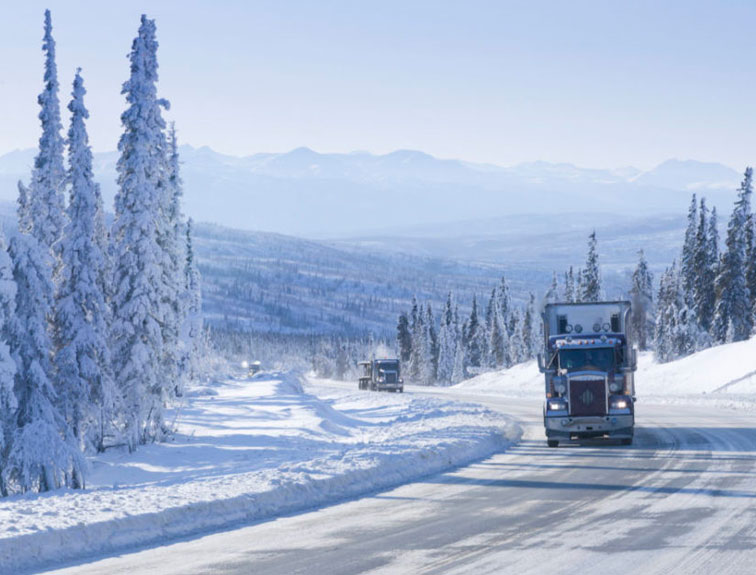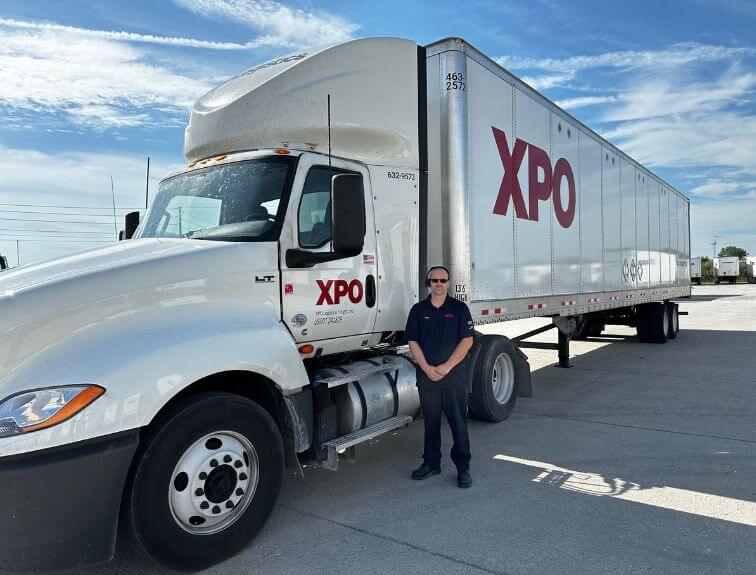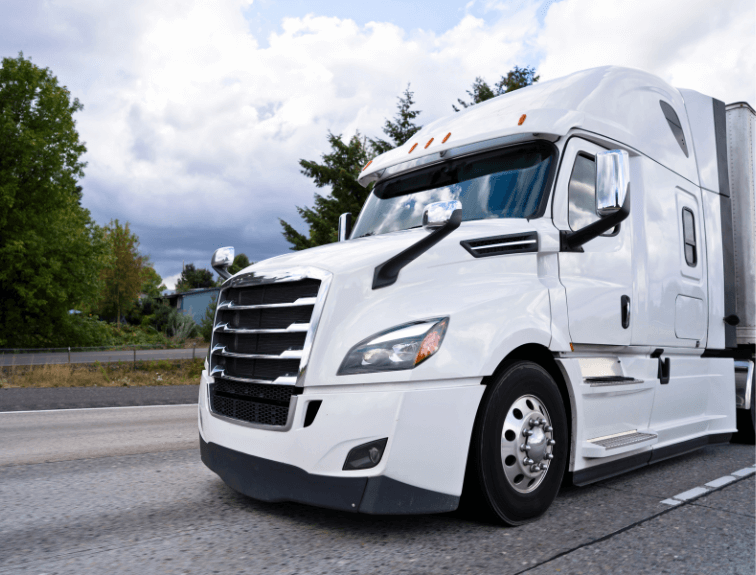Updated December 2024
Winter Weather Challenges for Truck Drivers
Winter weather presents some of the toughest safety challenges for truck drivers. Successfully driving a tractor-trailer in the snow requires both increased knowledge and experience. Reduced visibility, poor traction, longer stopping distances, and the unpredictability of other drivers on the road all combine to make winter driving particularly difficult. Learn to navigate these conditions safely by checking out these helpful truck driver safety tips and getting top-notch instruction at Napier Truck Driver Training!
Preparing Your Truck for Winter Roads
Whether you drive through northern states or have cross-country routes, you’re bound to encounter freezing temperatures and wintry conditions. Enhancing visibility, ensuring your equipment is reliable, and staying alert to hazards are key steps for safe winter driving.
Start with a visibility check: High-quality windshield wipers, defrosters, and clean windows can greatly improve your ability to see during snow or ice storms. Make it a habit to clear your truck’s lights of snow or ice buildup to ensure other drivers can see you clearly. Pay attention to your truck’s footing as well. Cold weather can cause handles, steps, and other surfaces to accumulate ice, creating slip hazards. Always double-check for these things before climbing in or out of your vehicle to avoid an accident!
When it’s time to get moving, be mindful of traction. Warm tires can melt snow and form patches of ice underneath. Taking precautions and carrying the proper supplies will help you navigate winter driving with greater confidence.
Handling Slippery Roads
Icy climates pose a real set of challenges and can drastically change your driving conditions. You’ll need to approach every aspect of driving with that in mind. Consider these truck driving safety tips before braving the winter weather.
- Slower Speeds: Snowy or freezing conditions reduce the amount of tire traction for your vehicle. The faster you are traveling, the longer it will take to come to a complete stop or change lanes without losing control. Slowing down will reduce your chances of an accident.
- Safe Distance: Drivers tend to travel in groups. As a result, vehicle slowdowns and accidents can lead to quick road congestion. Leave as much space as possible between you and others when winter driving.
- Taillights Are Not A Beacon: During snowfall, some drivers tend to lock their vision on the vehicle in front of them. Unfortunately, you would be placing your safety into the hands of someone who is also struggling with winter conditions – do not rely on other drivers. If you can’t see well, find a truck stop or rest area and wait out the storm.
- Braking: Drivers of small vehicles may pump the brakes in icy conditions to decrease speed. As a truck driver, this strategy could cause your vehicle to fishtail if you are not perfectly straight. Also, try not to employ the Jake Brake. It’s important to be frugal and cautious with braking during frigid weather.
Napier instructors have experience in all different types of weather climates. Refreshing your CDL knowledge or enrolling in CDL training classes could help you learn how to better handle your vehicle during these winter driving conditions!




